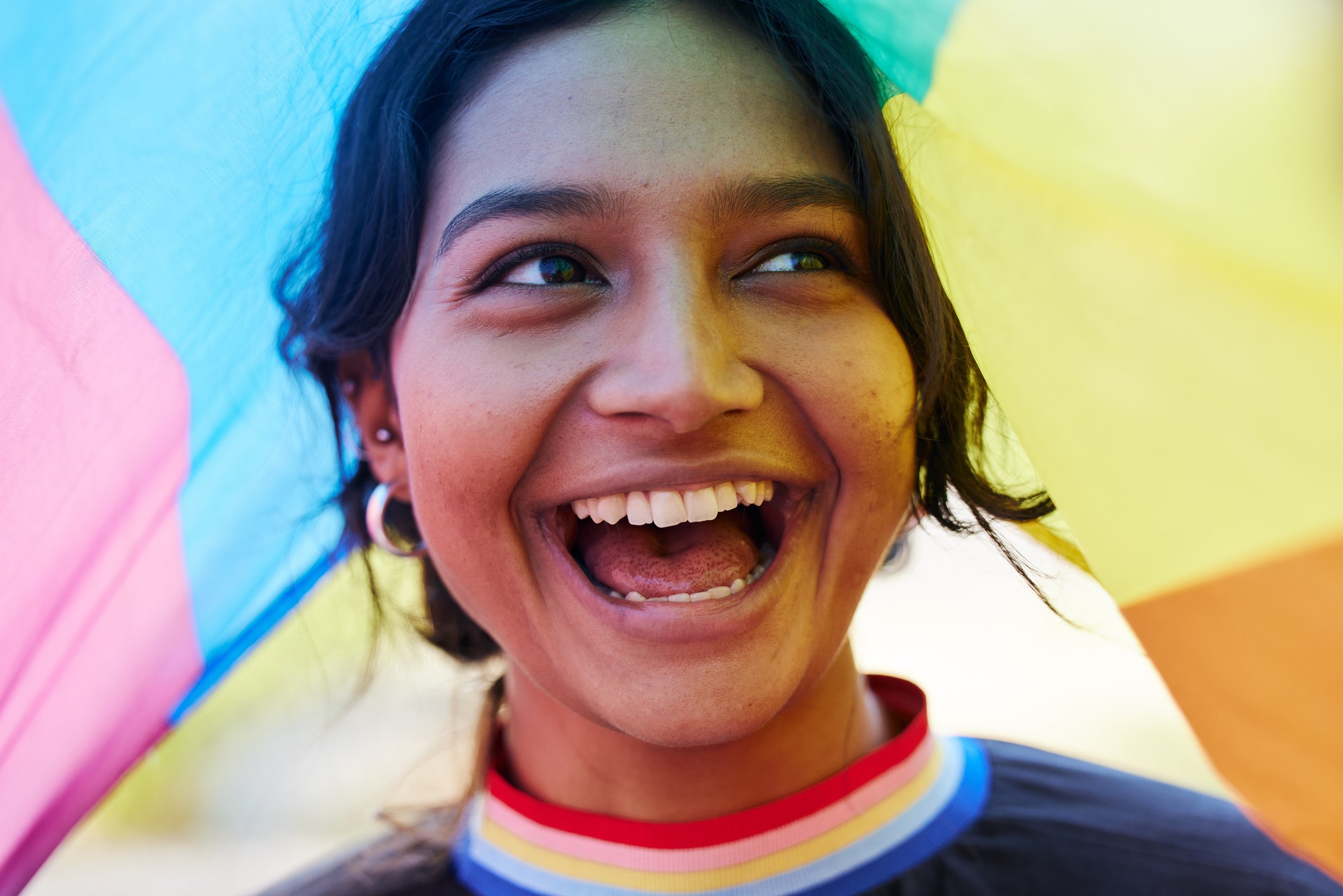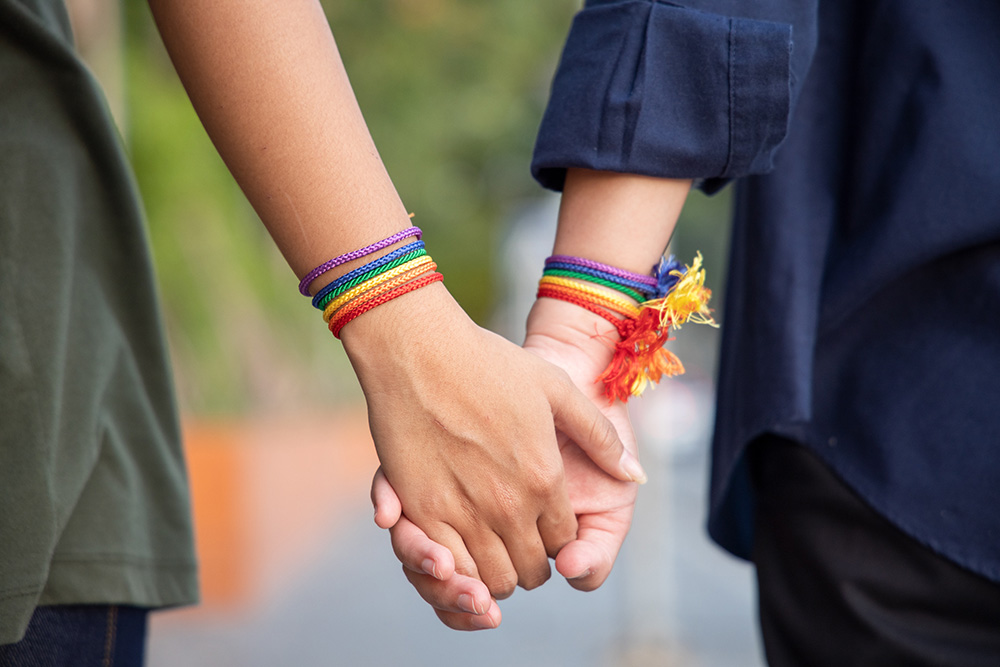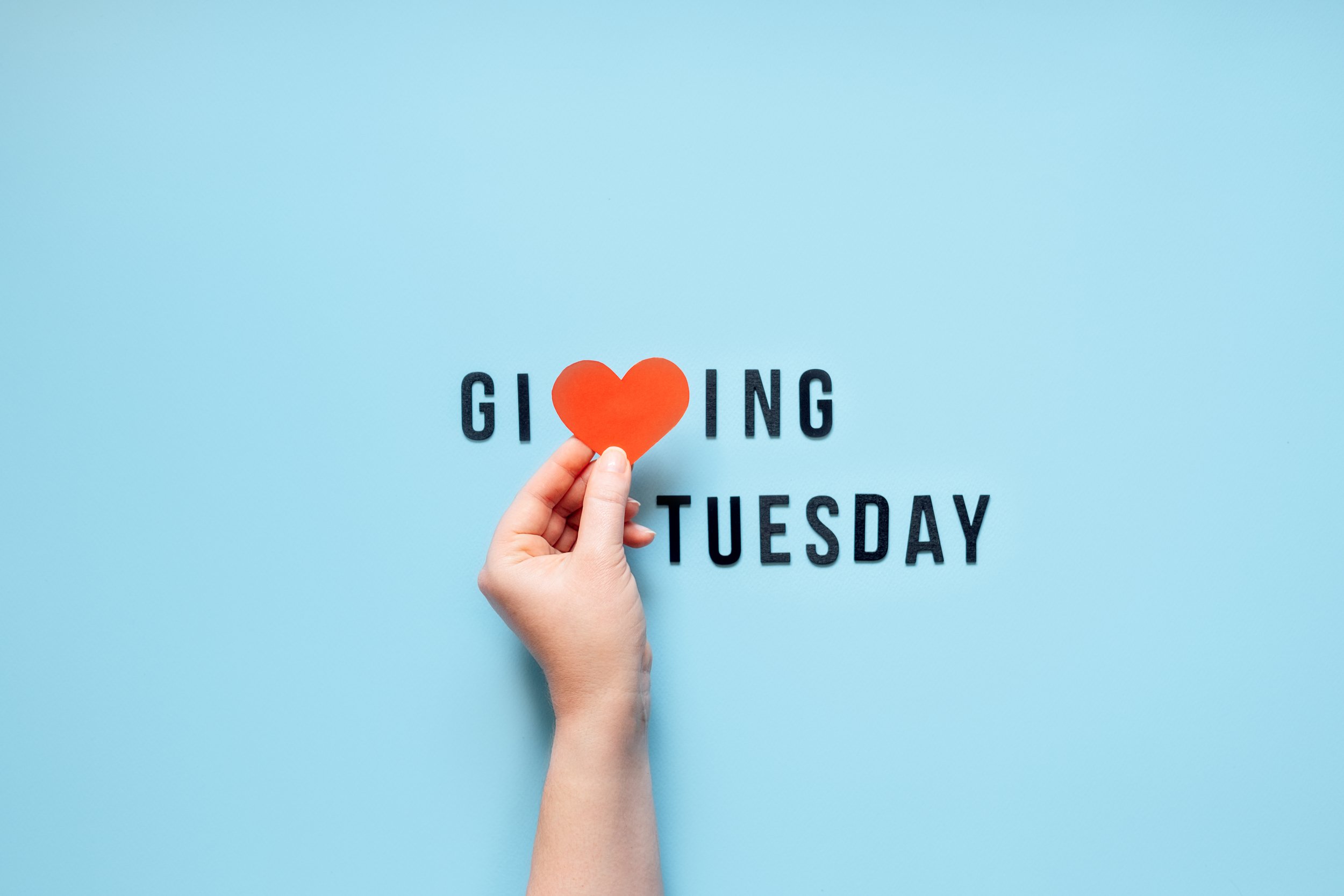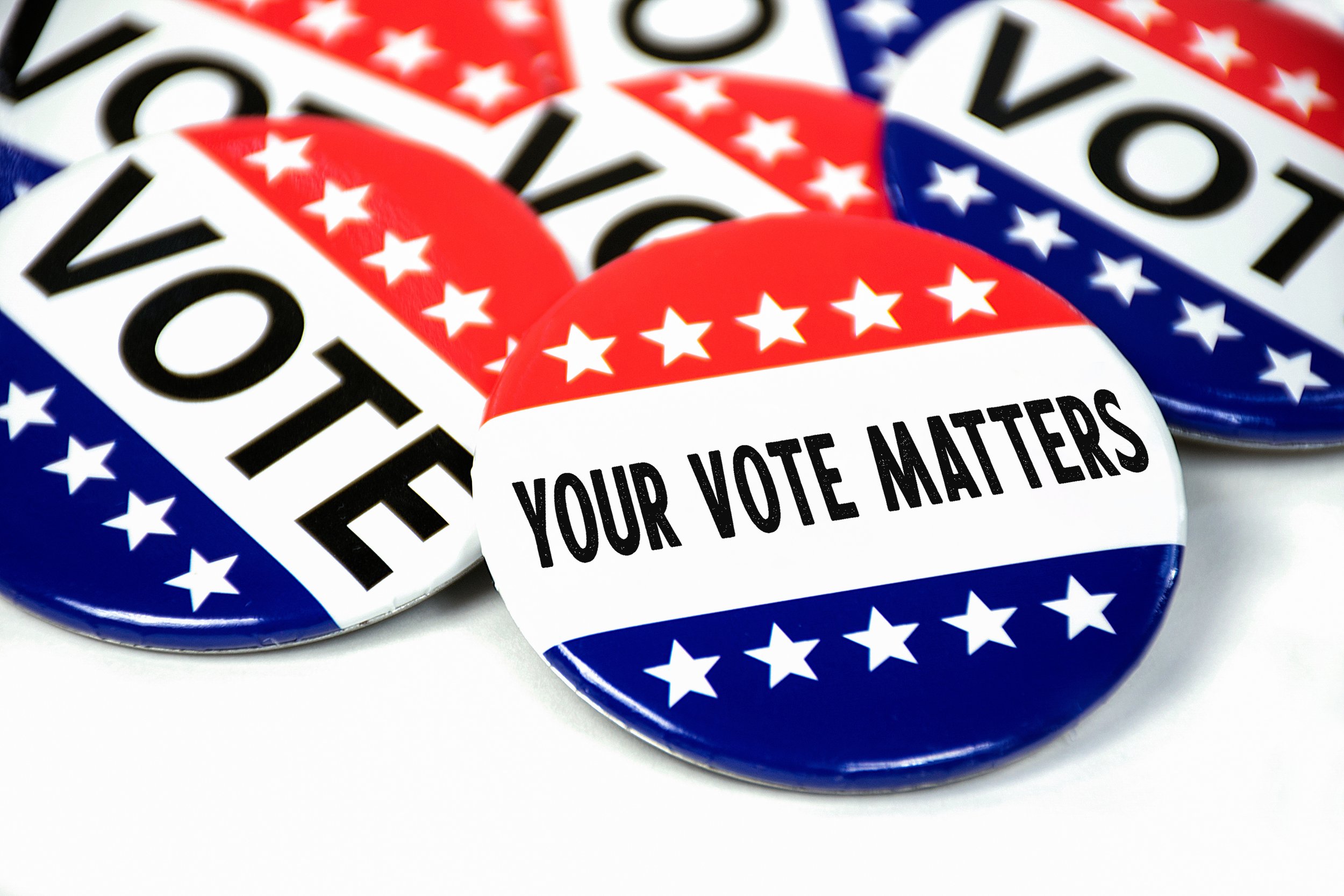In today's increasingly diverse and inclusive world, understanding LGBTQIA+ statistics is essential for recognizing the unique challenges, triumphs, and contributions of queer individuals across the globe. From rights advocacy to representation in media, education, and healthcare, these statistics provide valuable insights into the experiences of lesbian, gay, bisexual, transgender, queer/questioning, intersex, and asexual individuals. Let's delve into some of the most compelling LGBTQIA+ statistics, shedding light on the rich tapestry of identities within this vibrant community.
1. Demographic Diversity
Queer individuals are a diverse group, encompassing people of all ages, races, ethnicities, and socioeconomic backgrounds. According to a study by the Williams Institute at UCLA, approximately 13.9 million adults in the United States identify as LGBTQIA+, constituting about 5.5% of the population. Similarly, nearly one in six young adults aged 18 to 24 identify as LGBTQIA+. This statistic highlights the significant presence of queer individuals in society and emphasizes the importance of inclusive policies and representation across various sectors.
2. Mental Health Challenges
Despite growing societal acceptance, LGBTQIA+ individuals continue to face disproportionate mental health challenges. Research from the National Alliance on Mental Illness (NAMI) reveals that Lesbian, Gay, and Bisexual adults are more than twice as likely as heterosexual adults to experience a mental health condition, and Transgender adults are nearly four times as likely to have a mental health condition compared to a cisgender individual. Lesbian, Gay, or Bisexual youth are twice as likely to report feelings of sadness or hopelessness, and Transgender youth are twice as likely to experience depressive symptoms, consider or attempt suicide compared to cisgender. Additionally, studies indicate higher rates of depression, anxiety, and substance abuse within the LGBTQIA+ communities, underscoring the critical need for accessible mental health support and affirming spaces.
3. Discrimination and Violence
Discrimination and violence against LGBTQIA+ individuals remain pervasive worldwide. The Human Rights Campaign reports that more than half of LGBTQIA+ Americans have experienced discrimination based on their sexual orientation or gender identity. Furthermore, Transgender individuals, particularly Trans women of color, face alarmingly high rates of violence, with the American Medical Association labeling it an "epidemic." These statistics underscore the urgency of combating systemic prejudice and fostering environments of equality and safety for all.
4. Healthcare Disparities
Access to healthcare is a significant concern within LGBTQIA+ communities. Studies show that Queer individuals are less likely to have health insurance coverage and are more likely to encounter discrimination and inadequate care from healthcare providers. The National LGBT Health Education Center highlights disparities in preventive care, mental health services, and HIV/AIDS treatment, emphasizing the need for culturally competent healthcare practices and policies that address the unique needs of LGBTQIA+ patients.
5. Political and Legal Progress
Over the years, there have been notable strides in LGBTQIA+ rights and legal recognition. From the legalization of same-sex marriage in many countries to the implementation of anti-discrimination laws and policies, progress has been made in advancing equality and inclusion. According to the Pew Research Center, a majority of Americans now support LGBTQIA+ rights, signaling a positive shift in public attitudes and political discourse.
6. Representation in Media and Entertainment
The representation of LGBTQIA+ characters in media and entertainment has increased significantly in recent years, reflecting a growing demand for diverse and authentic storytelling. According to GLAAD's annual "Where We Are on TV" report, LGBTQIA+ characters on television reached a record high in 2023, comprising 12.5% of series regulars across broadcast, cable, and streaming platforms. This representation not only fosters greater visibility and understanding but also provides role models for Queer individuals and promotes acceptance and empathy among viewers.
LGBTQIA+ statistics offer valuable insights into the multifaceted experiences and challenges faced by Queer individuals worldwide. From demographic diversity to mental health disparities, discrimination, and political progress, these statistics underscore the importance of continued advocacy, education, and allyship in creating a more inclusive and equitable society. By acknowledging and amplifying the voices and experiences of the LGBTQIA+ community, we can work towards a future where all individuals are celebrated, respected, and empowered to live authentically.

 Liz Achanta
Liz Achanta




